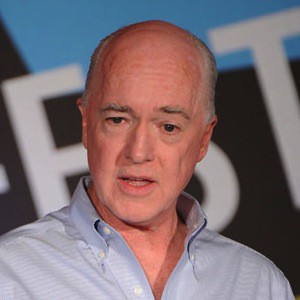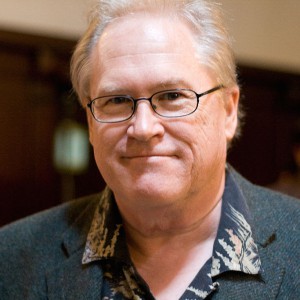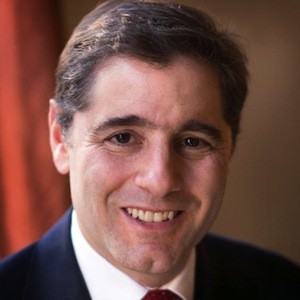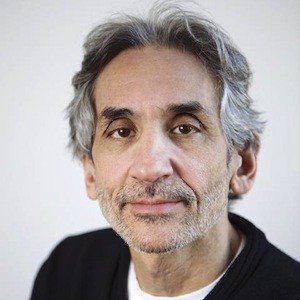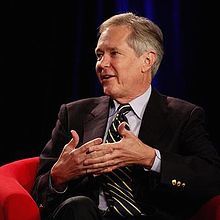the difference was, legacy media and traditional media were continuing to rest on the value of their brands. We had a new brand, so we had nothing to lose. We were going to try to grow this new brand. We looked at everything we did from the point of view of the audience and the consumer. When you saw a story that was a major news story, that was a headline on CNN, was on the cover of The New York Times and the cover of the Wall Street Journal, our editors, from the very beginning, would say, “We want to tell our users who’s doing the best job covering this story, our opinion.” HuffPost, in very early days, was a lot like Drudge.
We were just linking out to other sites. Today, this story on the administration, the site and the news organization that has the best headline and the best story on the budget is the Washington Post or is the Wall Street Journal or is the New York Times. That began the process of what we called curation to take major news stories and be able to distill them down.
INTERVIEW TRANSCRIPT
An important note: These transcripts of our interviews have only been lightly edited — there may be typos, incorrect names, and the like.
See something that needs fixing? Let us know.
Explore other interviews


